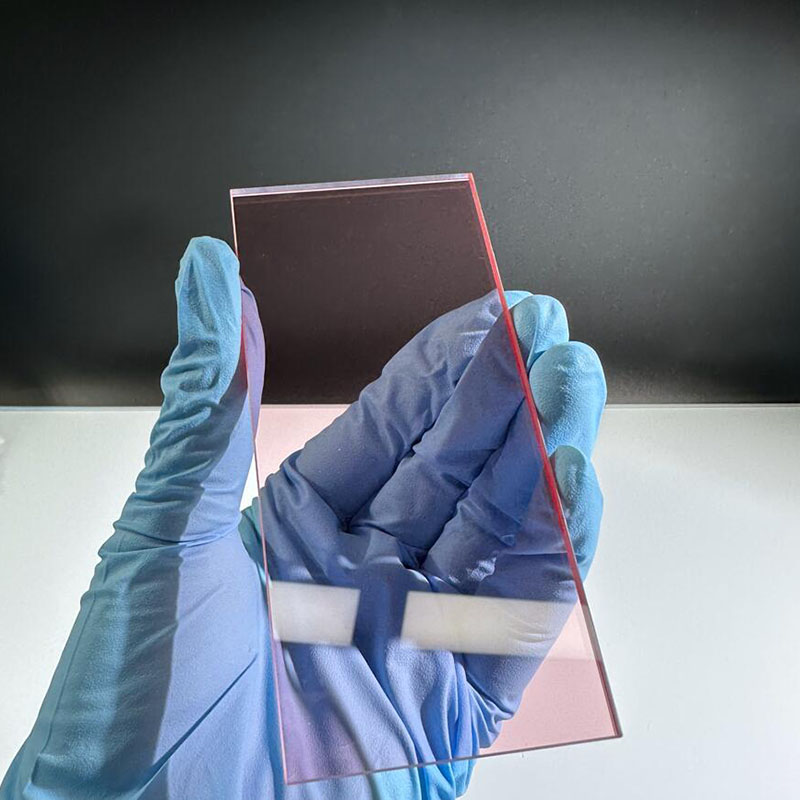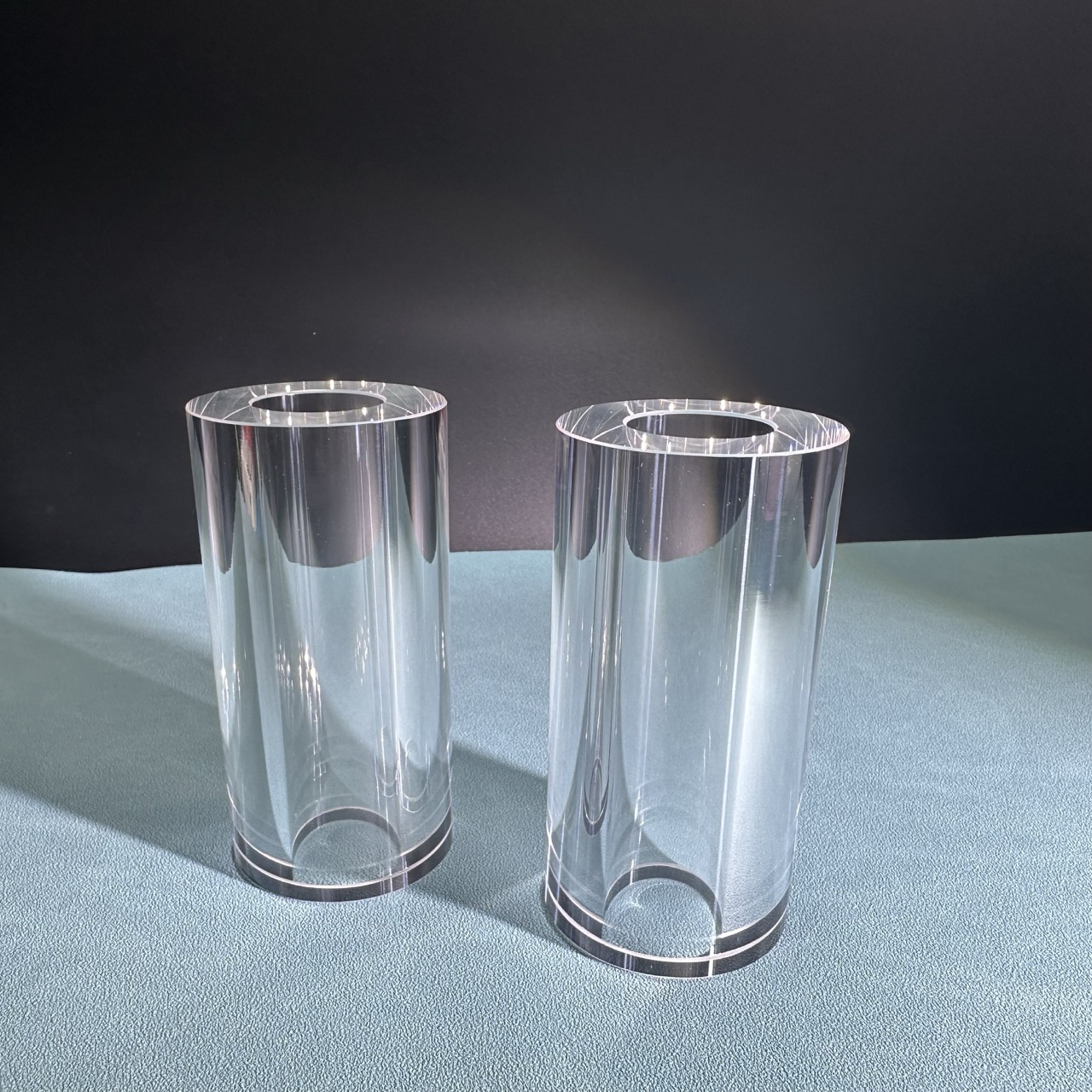Fiber Laser Marking Ultra-Fine Marking for Jewelry Electronics Branding
Detailed Diagram
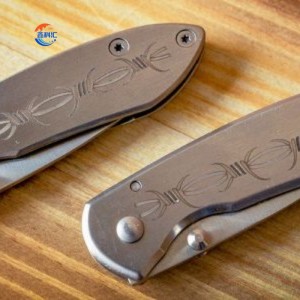
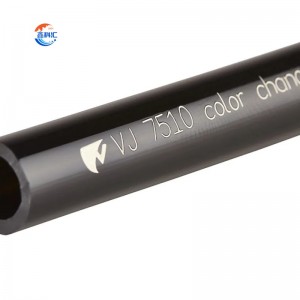
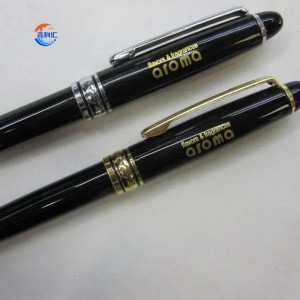
Overview of Fiber Laser Engraving Machines
Fiber laser engraving machines represent one of the most advanced and efficient solutions for industrial and commercial marking needs. Unlike traditional marking techniques, fiber lasers offer a clean, high-speed, and highly durable marking method that works especially well on hard and reflective materials.
These machines operate using a laser source that is transmitted through a flexible fiber optic cable, delivering concentrated light energy onto the surface of the workpiece. This focused laser beam either vaporizes the surface material or induces a chemical reaction to produce sharp, high-contrast markings. Because of this non-contact method, there is no mechanical stress applied to the item being marked.
One of the key advantages of fiber laser systems is their adaptability. They can mark a vast range of materials including metals (copper, titanium, gold), engineering plastics, and even some non-metallic items with coatings. The systems typically support both static and dynamic marking, enabling use in automated production lines.
In addition to their versatility, fiber laser machines are praised for their longevity, operating efficiency, and minimal upkeep. Most systems are air-cooled, have no consumables, and boast a compact footprint, making them ideal for workshops and production environments with limited space.
Industries that heavily rely on fiber laser technology include precision electronics, medical tools, metal nameplate manufacturing, and luxury goods branding. With the increasing demand for detailed, permanent, and environmentally friendly marking solutions, fiber laser engravers are becoming an indispensable part of modern manufacturing processes.
How Fiber Laser Marking Technology Works
Fiber laser marking machines rely on the interaction between a concentrated laser beam and the surface of a material to produce clean, permanent marks. The fundamental working mechanism is rooted in energy absorption and thermal transformation, wherein the material undergoes localized changes due to the intense heat generated by the laser.
At the heart of this technology is a fiber laser engine, which generates light through stimulated emission in a doped optical fiber, usually containing ytterbium ions. When energized by high-powered pump diodes, the ions emit a coherent laser beam with a narrow wavelength spectrum—typically around 1064 nanometers. This laser light is particularly well-suited for processing metals, engineered plastics, and coated materials.
The laser beam is then delivered through flexible fiber optics to a pair of high-speed scanning mirrors (galvo heads) that control the beam’s movement across the marking field. A focal lens (often an F-theta lens) concentrates the beam into a small, high-intensity spot on the target surface. As the beam strikes the material, it causes rapid heating in a confined area, which triggers various surface reactions depending on the material properties and laser parameters.
These reactions may include carbonization, melting, foaming, oxidation, or vaporization of the material’s surface layer. Each effect produces a different type of mark, such as color change, deep engraving, or a raised texture. Since the entire process is digitally controlled, the machine can precisely replicate complex patterns, serial codes, logos, and barcodes with micron-level accuracy.
The fiber laser marking process is contactless, environmentally friendly, and exceptionally efficient. It generates minimal waste, requires no consumables, and operates with high speed and low power consumption. Its precision and durability make it the preferred method for permanent identification and traceability across many modern manufacturing sectors.
Specification of Fiber Laser Marking Machines
| Parameter | Value |
|---|---|
| Laser Type | Fiber Laser |
| Wavelength | 1064nm |
| Repetition Frequency | 1.6-1000KHz |
| Output Power | 20-50W |
| Beam Quality (M²) | 1.2-2 |
| Max Single Pulse Energy | 0.8mJ |
| Total Power Consumption | ≤0.5KW |
| Dimensions | 795 * 655 * 1520mm |
Applications of Fiber Laser Marking Machines
Fiber laser marking machines are widely adopted across multiple industries due to their versatility, speed, precision, and ability to create long-lasting, high-contrast marks on a broad range of materials. Their non-contact marking technology and low maintenance requirements make them ideal for applications requiring permanent identification, branding, and traceability.
1. Automotive Industry:
In the automotive sector, fiber laser markers are extensively used to engrave serial numbers, engine part codes, VINs (Vehicle Identification Numbers), and safety labels on metal components such as brake systems, gearboxes, engine blocks, and chassis parts. The permanence and resistance of the laser marks ensure that critical identification data remains readable even after years of use in harsh environments.
2. Electronics and Semiconductors:
High-precision laser marking is essential in the electronics field for labeling PCBs (Printed Circuit Boards), capacitors, microchips, and connectors. The fine beam quality allows for micro-marking without damaging delicate components, while ensuring high legibility for QR codes, barcodes, and part numbers.
3. Medical and Surgical Devices:
Fiber laser marking is a preferred method for identifying surgical tools, implants, and other medical instruments. It meets the strict regulatory standards (e.g., UDI - Unique Device Identification) required in the healthcare sector. Marks are biocompatible, corrosion-resistant, and can withstand sterilization processes.
4. Aerospace and Defense:
In aerospace manufacturing, parts must be traceable, certified, and able to withstand extreme conditions. Fiber lasers are used to permanently mark turbine blades, sensors, airframe components, and identification tags with essential data for compliance and safety tracking.
5. Jewelry and Luxury Goods:
Laser marking is commonly used in the branding and customization of watches, rings, bracelets, and other high-value items. It offers precise and clean engraving on metals like gold, silver, and titanium, supporting anti-counterfeiting and personalization needs.
6. Industrial Tooling and Equipment:
Tool manufacturers use fiber laser systems to engrave measurement scales, logos, and part IDs onto wrenches, calipers, drills, and other instruments. The markings withstand friction, wear, and exposure to oils and chemicals.
7. Packaging and Consumer Goods:
Fiber lasers can mark dates, batch numbers, and brand information on product packaging made of metal, plastic, or coated surfaces. These marks support logistics, compliance, and anti-fraud initiatives.
With its superior beam quality, high marking speed, and flexible software control, fiber laser marking technology continues to expand its role in modern manufacturing and quality control systems.
Fiber Laser Marking Machine – Common Questions and Detailed Answers
1. Which industries typically use fiber laser marking technology?
Fiber laser marking is widely used in sectors like automotive manufacturing, aerospace, electronics, medical device production, metalworking, and luxury goods. Its speed, accuracy, and durability make it ideal for marking serial numbers, barcodes, logos, and regulatory information.
2. Can it mark both metals and non-metals?
Primarily designed for metal marking, fiber lasers work exceptionally well with stainless steel, aluminum, iron, brass, and precious metals. Some non-metallic materials—such as engineered plastics, coated surfaces, and certain ceramics—can also be marked, but materials like glass, paper, and wood are better suited for CO₂ or UV lasers.
3. How fast is the marking process?
Fiber laser marking is very fast—some systems can achieve speeds of over 7000 mm/s, depending on the design and complexity of the content. Simple text and codes can be marked in a fraction of a second, while complex vector patterns may take longer.
4. Does laser marking affect the strength of the material?
In most cases, laser marking causes minimal to no impact on the structural integrity of the material. Surface marking, annealing, or light etching only alter a thin layer, making the process safe for functional and mechanical parts.
5. Is the laser marking software easy to use?
Yes, modern fiber laser systems typically come with user-friendly software interfaces that support multilingual settings, graphical previews, and drag-and-drop design tools. Users can import graphics, define variables for batch marking, and even automate serial code generation.
6. What is the difference between marking, engraving, and etching?
Marking usually refers to color or contrast changes on the surface without significant depth.
Engraving involves material removal to create depth.
Etching typically refers to shallower engraving using lower power.
Fiber laser systems can perform all three based on the power setting and pulse duration.
7. How accurate and detailed can the laser mark be?
Fiber laser systems can mark with resolution as fine as 20 microns, allowing for ultra-precise detail, including micro-text, small QR codes, and intricate logos. This is particularly important in industries where legibility and precision are critical.
8. Can fiber laser systems mark on moving objects?
Yes. Some advanced models feature dynamic marking heads and synchronization systems that allow on-the-fly marking, making them suitable for high-speed assembly lines and continuous production workflows.
9. Are there any environmental considerations?
Fiber lasers are considered environmentally friendly. They do not emit toxic fumes, use no chemicals, and produce minimal waste. Some applications may require fume extraction systems, especially when marking coated or plastic surfaces.
10. What power rating should I choose for my application?
For light marking on metals and plastics, 20W or 30W machines are typically sufficient. For deeper engraving or faster throughput, 50W, 60W, or even 100W models may be recommended. The best choice depends on material type, desired marking depth, and speed requirements.






